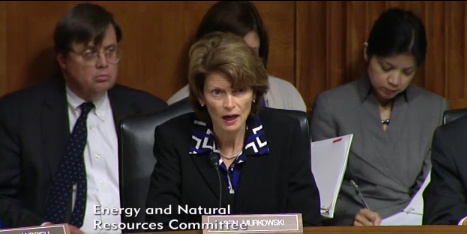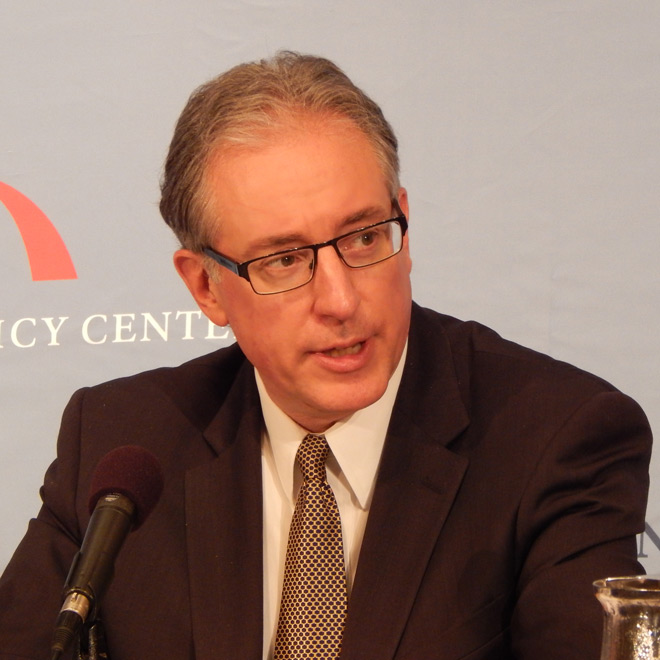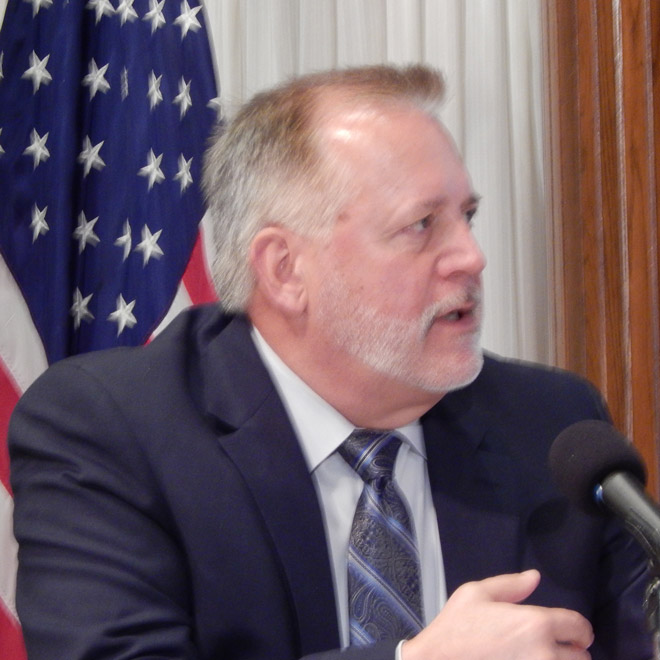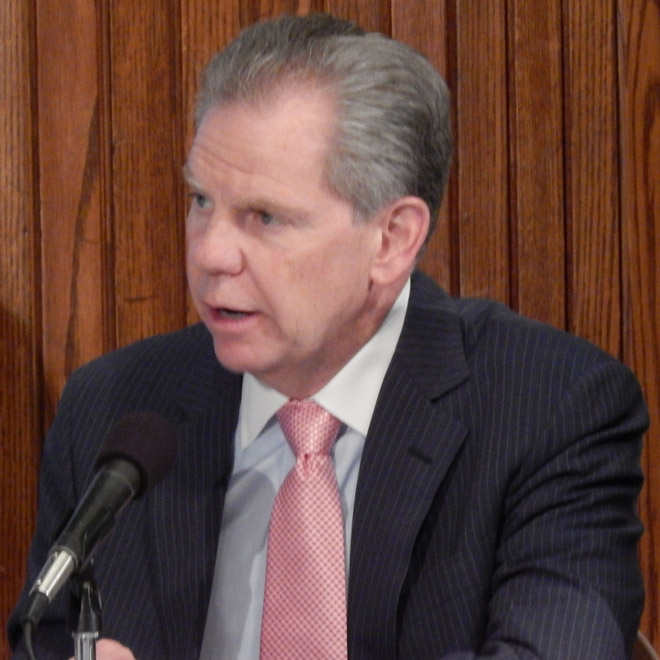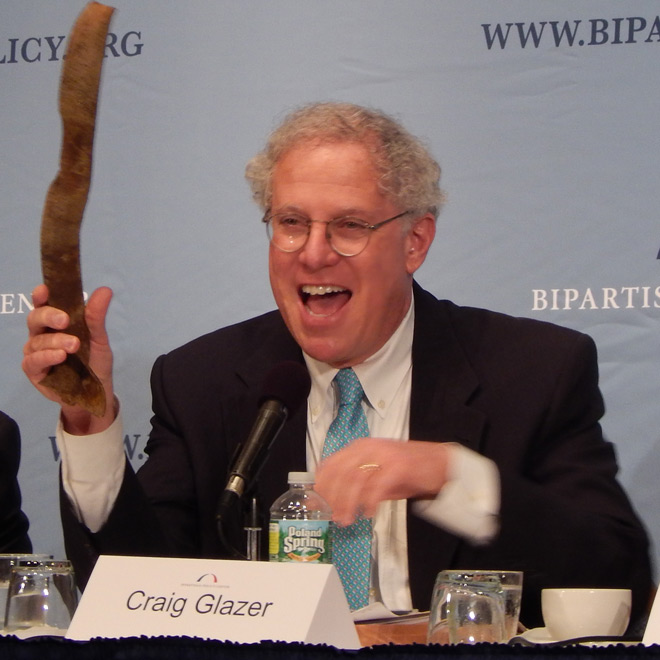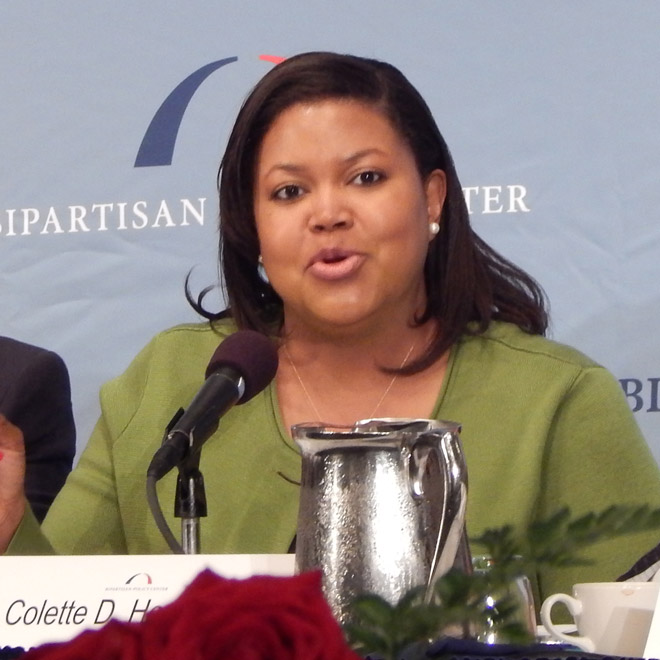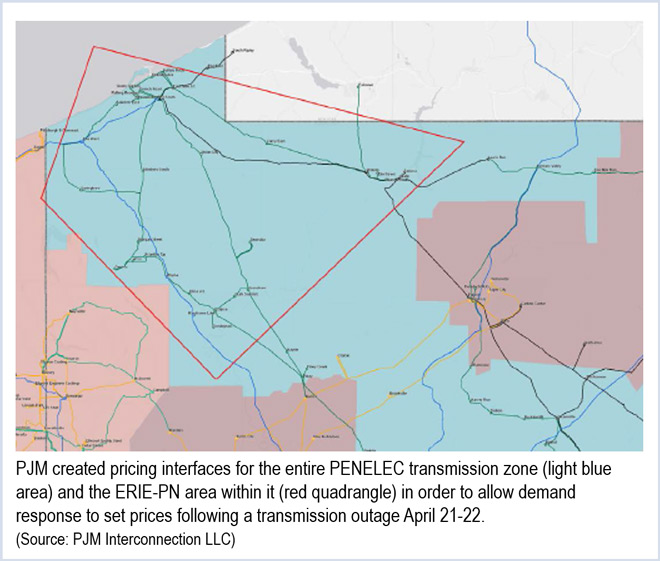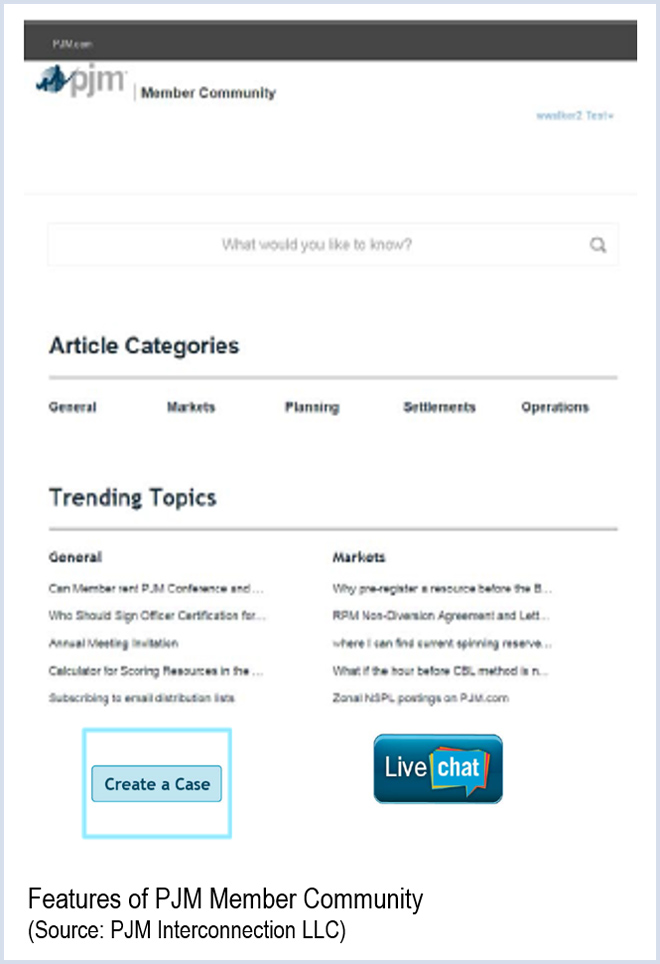In May 2013, the Federal Energy Regulatory Commission issued Order 779 requiring the North American Electric Reliability Corp. to develop a standard to protect the grid against geomagnetic disturbances caused by solar storms. The commission said it was acting to close a “reliability gap.” (See FERC Orders Rules on Geomagnetic Disturbances.)
In June 2014, the commission approved the first stage of its response with a standard (EOP-010-1) requiring development of operating procedures to mitigate effects of GMDs. (See FERC OKs GMD, Training Standards; Proposes Modeling Rule Change.)
For stage two, FERC required NERC to determine the severity of a “benchmark” GMD event — the threshold against which covered entities would evaluate their system’s vulnerability and develop protective strategies.
What is the threat?
GMD events occur when the sun ejects charged particles that can cause changes in Earth’s magnetic fields. A solar particle can reach Earth in 17 to 96 hours.
NERC determines the severity of a GMD based on the “geoelectric field” — the electric potential measured in volts per kilometer on the earth’s surface — a reflection of the rate of change of the magnetic fields.
The geoelectric field acts as a voltage source that can cause geomagnetically induced currents (GICs) to flow on transmission lines. The magnitude of the geoelectric field is impacted by the geomagnetic latitude — the proximity to Earth’s magnetic north and south poles — and the ability of the planet’s crust to conduct electricity hundreds of kilometers down to its mantle. Local earth conductivity impacts the severity of the geoelectric fields that are formed during a GMD event; a lower earth conductivity results in higher geoelectric fields.
What is covered by the standard?
The standard would apply to planning coordinators, transmission planners, transmission owners and generation owners who own or whose planning coordinator or transmission planning area includes a transformer with a high side, wye-grounded winding connected at 200 kV or higher.
How is the benchmark event defined?
NERC proposed defining the benchmark GMD based on a one-in-100-year frequency of occurrence. Its definition is composed of four elements: (1) a reference peak geoelectric field amplitude of 8 V/km; (2) a scaling factor to account for local geomagnetic latitude; (3) a scaling factor to account for local earth conductivity; and (4) a reference geomagnetic field time series or wave shape to allow analysis of the impact on equipment.
The benchmark estimates that a one-in-100 year GMD event would cause an 8 V/km reference peak geoelectric field at Québec’s geomagnetic latitude and earth conductivity.
The 1989 solar storm that caused the collapse of the Hydro- Québec grid illustrates the potential risk. Shortly before 3 a.m. ET on March 13, 1989, a large impulse in the geomagnetic field was detected near the U.S.-Canada border. That started a series of disturbances that brought down the grid serving Montreal and the rest of Québec within about 90 seconds. The storm also caused large disturbances in the U.S., damaging some transformers severely — including one at the Salem nuclear plant in New Jersey — and nearly knocking out PJM and transmission systems from New England to the Midwest.
NERC’s standard drafting team “spatially averaged” four different station groups of data from Northern Europe, each covering a square area about 500 km wide (310 miles). The team noted that the reliability standard is designed to address wide-area effects caused by a severe GMD, such as increased volt-ampere reactive (var) absorption and voltage depressions.
“Without characterizing GMD on regional scales, statistical estimates could be weighted by local effects and suggest unduly pessimistic conditions when considering cascading failure and voltage collapse,” NERC said.
NERC used scaling factors to adjust the 8 V/km value for different geomagnetic latitudes and earth conductivities.
What is required by the proposed standard?
The proposed standard has seven requirements:
- Planning coordinators and transmission planners must determine their responsibilities for maintaining models and performing studies needed to complete the GMD vulnerability assessment specified in Requirement 4.
- Planning coordinators and transmission planners must maintain system models and GIC system models needed to complete the GMD vulnerability assessment.
- Planning coordinators and transmission planners must have criteria for acceptable system steady state voltage limits for their systems during the benchmark GMD event.
- Planning coordinators and transmission planners must conduct a GMD vulnerability assessment every 60 months based on the benchmark GMD event.
- Planning coordinators and transmission planners must provide GIC flow information for use in the transformer thermal impact assessment (Requirement 6) to each transmission owner and generator owner that owns an affected transformer within the planning area.
- Transmission owners and generator owners must conduct thermal impact assessments on affected transformers where the maximum effective GIC value provided in Requirement 5 is 75 amperes per phase (A/phase) or greater.
- Planning coordinators and transmission planners must develop corrective action plans if the GMD vulnerability assessment concludes that the system does not meet the performance requirements.
— Rich Heidorn Jr.
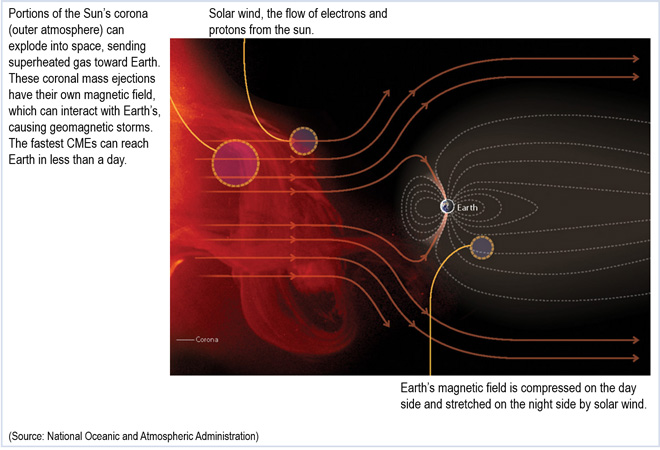
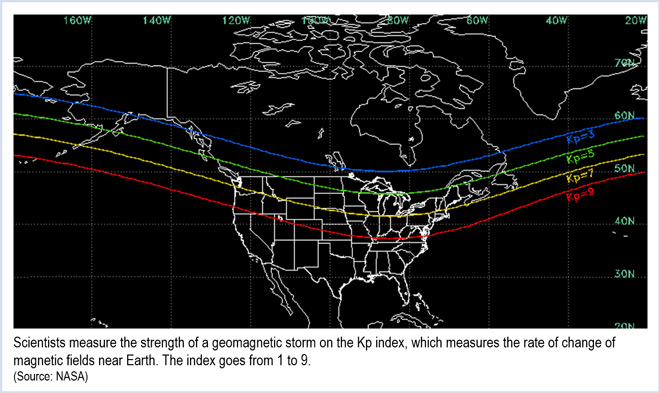

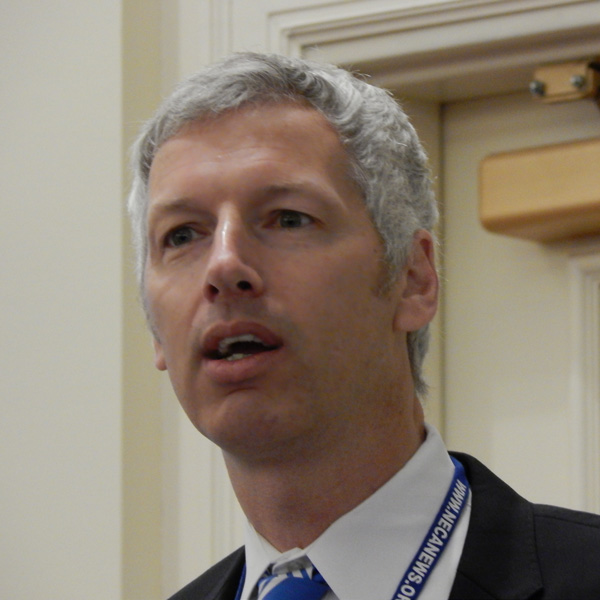
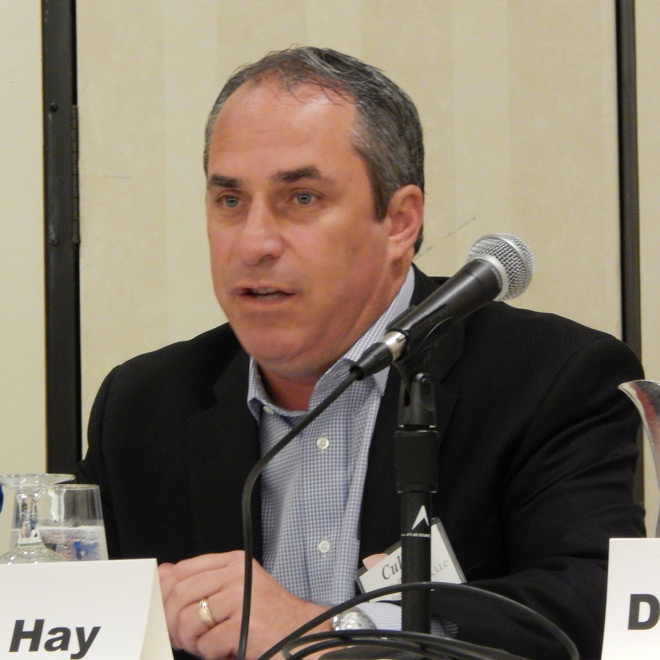

 ill lose its wires-only electric utilities, Pepco and Delmarva, which will be purchased by an energy conglomerate concerned with protecting its vast fleet of electric power plants, from which it derives most of its revenue,” they said. “Exelon’s economic interests to shield that fleet from emerging distributed energy technologies and other competitive threats are inherently misaligned with the interests of the customers of Pepco and Delmarva, who are predominantly concerned with efficient, cost-effective and reliable electric service.”
ill lose its wires-only electric utilities, Pepco and Delmarva, which will be purchased by an energy conglomerate concerned with protecting its vast fleet of electric power plants, from which it derives most of its revenue,” they said. “Exelon’s economic interests to shield that fleet from emerging distributed energy technologies and other competitive threats are inherently misaligned with the interests of the customers of Pepco and Delmarva, who are predominantly concerned with efficient, cost-effective and reliable electric service.”